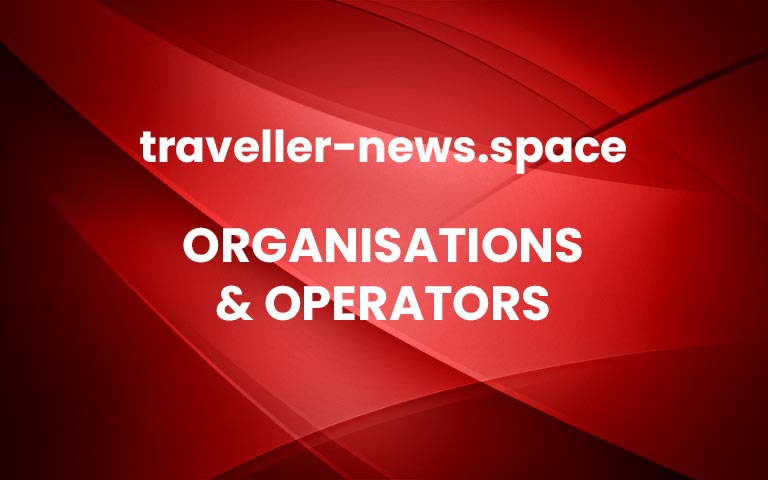More than 70,000 vacancies in Travel & Tourism threaten France’s economic recovery
A new study by the World Travel & Tourism Council (WTTC) has revealed the recovery of France’s Travel & Tourism is at risk as more than 70,000 jobs remain unfilled across the country.
The research looked into labour shortages across France and other major Travel & Tourism destinations, such as the U.S., Italy, Spain, the UK and Portugal.
According to the global tourism body, the supply of labour could fail to match the increased travel demand across the sector, which is estimated to be near pre-pandemic levels by the third quarter of 2022.
The data shows France is expected to see a shortfall of 71,000 jobs, with one in 19 vacancies left unfilled this year.
In 2019, before the pandemic, more than 1.3 million people were employed by Travel & Tourism in France. But by 2020, nearly 175,000* had lost their jobs.ADVERTISEMENTFrance saw the beginning of the recovery in 2021, with a 40.6% growth to the sector’s contribution to the national economy. However, staff shortages have been prevalent in the country, with thousands of vacancies that remain unfilled, putting the sector under pressure.
WTTC analysis shows France’s aviation is expected to be one of the worst affected, struggling to find candidates for nearly one in three (38%) job postings, while travel agencies could also face one third (39%) of staff shortages.
Julia Simpson, WTTC President & CEO said: “The sector needs more staff to meet the current demand. The widespread travel disruption being experienced by millions of French holidaymakers is clear evidence of this.
“If these 71,000 jobs remain unfilled, they could threaten the revival of Travel & Tourism businesses up and down the country, which have struggled for more than two years from the impact of the pandemic.”
Last week WTTC revealed that up to 1.2 million jobs across the EU will remain unfulfilled, with hospitality, aviation, and travel agencies being the most affected.
Some of the key measures identified in the report for both governments and the private sector to address the talent gap are:1. Facilitate labour mobility across international borders, with more favourable visa policies 2. Enable flexible and remote working where feasible – allowing part time or contractor-based opportunities, where possible3. Ensure decent work and competitive employee benefits and compensation packages4. Attract talent by improving the perception of jobs and promoting viable career paths with growth opportunities5. Develop and support a skilled workforce through comprehensive educational programs, as well as upskilling and reskilling current talent6. Adopt innovative technological and digital solutions to alleviate pressure on staff, improve daily operations and provide an enhanced customer experience.
The global tourism body believes by implementing these measures, Travel & Tourism businesses will be able to attract more workers.
This in turn would enable the sector to meet the ever-growing consumer demand and further speed up its recovery, which is the backbone to generating economic well-being across the country.
Older
CMAC Group partners with Trees4Travel in step towards becoming carbon neutral
Newer
InterContinental Sorrento Mornington Peninsula ushers in era of glamour in Melbourne More


